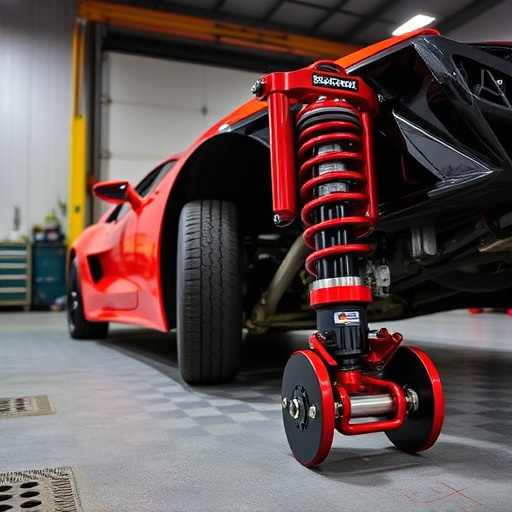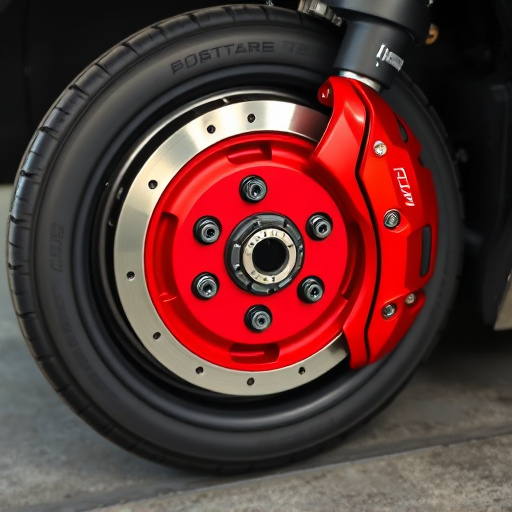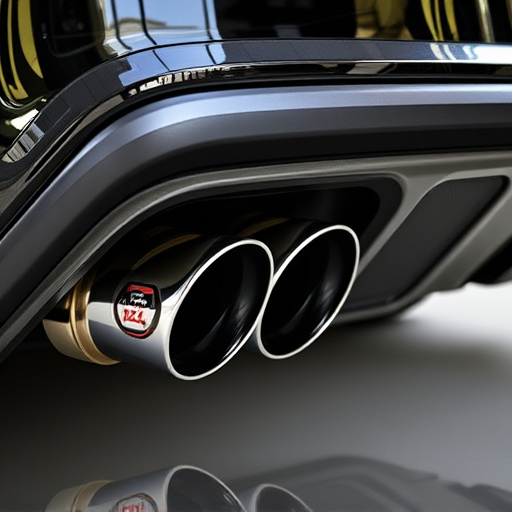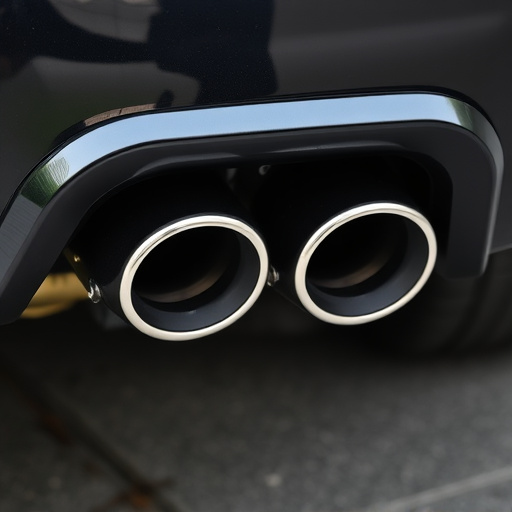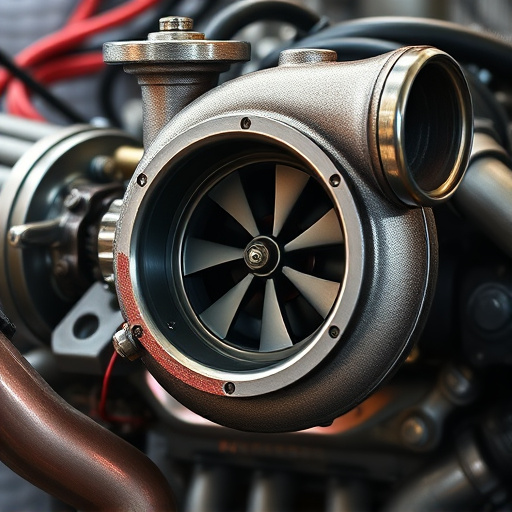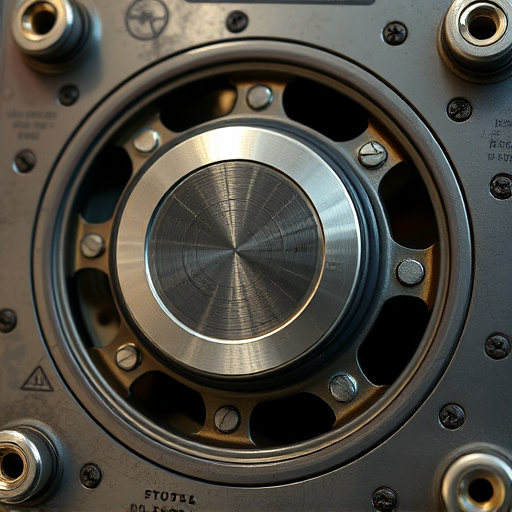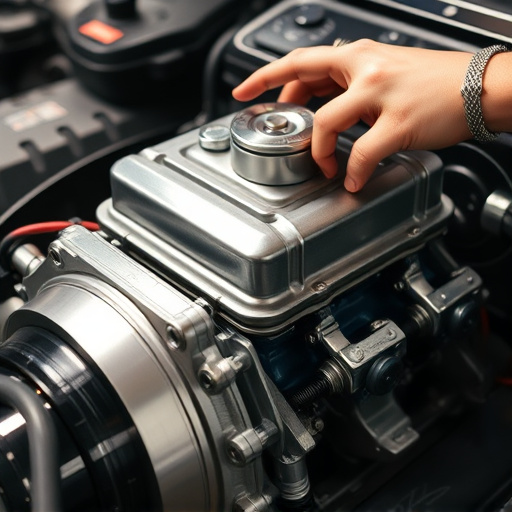The turbocharger system enhances engine performance and efficiency by boosting air intake, increasing cylinder pressure, and optimizing fuel economy. This mechanical device leverages exhaust gas to drive a compressor, allowing for larger fuel-air mixtures and more powerful burns. By swiftly responding to throttle input, it ensures optimal performance across various speeds, reduces vehicle weight, improves fuel economy, and lowers emissions compared to superchargers. Strategic upgrades, such as cold air intakes and high-performance parts, further amplify these benefits, unlocking the full potential of modern engines for both efficiency and exhilarating driving experiences.
“Discover how the revolutionary turbocharger system is transforming engine performance. This article delves into the intricate relationship between turbocharger systems and cylinder pressure, exploring their symbiotic link in enhancing power output. We unravel the dynamics of cylinder load, its effects on engine efficiency, and how turbocharging acts as a catalyst for optimizing performance. By understanding these interactions, you’ll gain insights into the cutting-edge technology that’s propelling modern engines to new heights.”
- Turbocharger System: Boosting Cylinder Pressure
- Cylinder Load Dynamics: An Overview
- Optimizing Engine Performance through Turbocharging
Turbocharger System: Boosting Cylinder Pressure
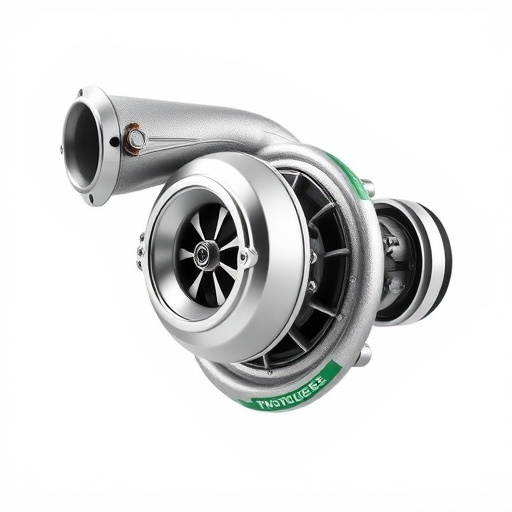
The turbocharger system plays a pivotal role in enhancing cylinder pressure within an engine, leading to improved performance and efficiency. By forcing more air into the combustion chamber, this mechanical device increases the charge density, allowing for larger fuel-air mixtures. This results in a more powerful burn, which ultimately boosts the output of the engine. The primary mechanism involves channeling exhaust gas from the engine through a turbine, which spins and drives a compressor to draw in ambient air. This process creates a boost in pressure, enabling the engine to produce more power under various load conditions.
Moreover, the turbocharger’s ability to swiftly respond to changes in throttle input ensures that the engine maintains optimal performance across a wide range of speeds and loads. Unlike superchargers, which rely on an engine’s crankshaft for power, turbochargers leverage the exhaust flow, making them lighter and more efficient. This design advantage not only reduces the overall weight of the vehicle but also contributes to better fuel economy and lower emissions, especially when paired with modern engine management systems that precisely control air and fuel delivery.
Cylinder Load Dynamics: An Overview
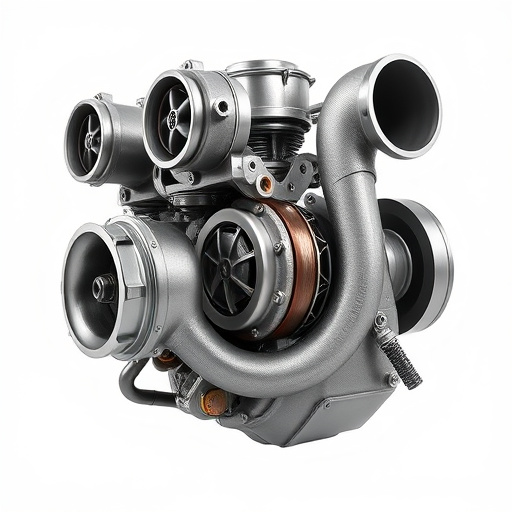
The cylinder load dynamics within an internal combustion engine play a pivotal role in determining the overall efficiency and power output. This intricate dance involves the interaction between the air and fuel mixture, the compression ratio, and the ignition process. When a turbocharger system is integrated into the equation, these forces become even more complex. The turbocharger, with its ability to force-feed compressed air into the engine’s cylinders, significantly influences cylinder pressure.
This enhancement in pressure directly impacts the load the engine can handle, allowing for increased power and torque. High performance parts like cold air intakes and exhaust mufflers can further optimize this process by enhancing airflow and minimizing backpressure, respectively. This interplay between the turbocharger system, cylinder load dynamics, and strategically chosen high-performance components is key to unlocking the full potential of modern engines.
Optimizing Engine Performance through Turbocharging
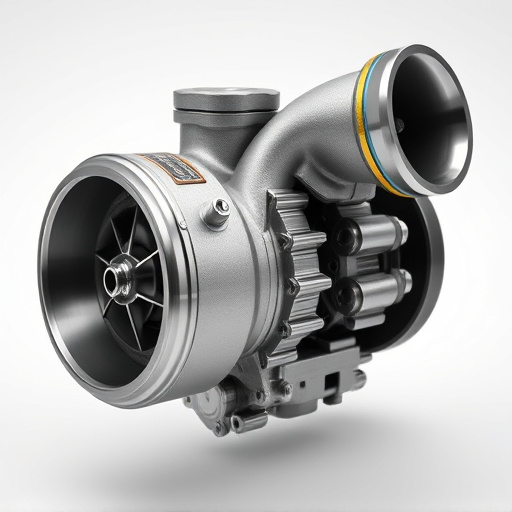
Turbocharging has emerged as a powerful tool for optimizing engine performance, enhancing efficiency and power output. By forcing more air into the combustion chamber, a turbocharger system significantly increases cylinder pressure, leading to improved fuel burning and greater torque generation. This technology is particularly beneficial in high-performance vehicles and those requiring enhanced load carrying capabilities.
Integrating a turbocharger system with carefully designed air intake systems and suspension kits allows for precise control of airflow and engine response. The right setup can unlock the full potential of an engine, ensuring it delivers peak performance without compromising reliability. Moreover, with the availability of advanced high-performance parts, car enthusiasts and engineers have the means to fine-tune their vehicles for maximum efficiency and thrilling driving experiences.
The turbocharger system plays a pivotal role in enhancing cylinder pressure and optimizing engine performance. By compressing air and delivering it to the combustion chamber, turbochargers increase the load on the engine, leading to improved power output and fuel efficiency. This article has explored the dynamics of cylinder load, highlighting how turbocharging can be a game-changer in various applications. Understanding these principles is essential for engineers aiming to maximize engine performance while meeting modern emission standards.

